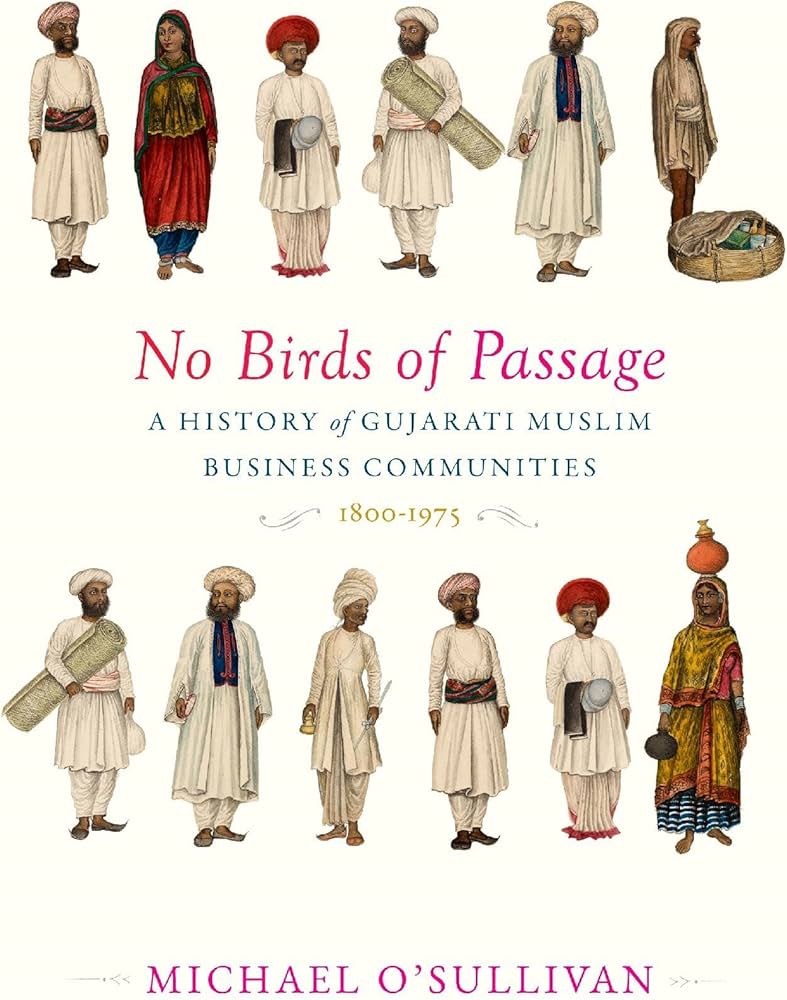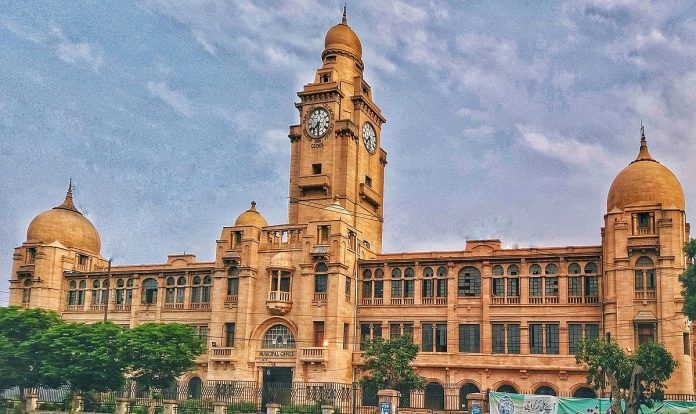Beginning in the 1970s, American and Soviet academics noticed that Pakistan’s economic sector was inordinately dominated by a small cluster of firms, many of whose proprietors hailed from the Gujarati Muslim commercial castes. The question remains to what degree the runaway success of the Gujarati Muslim commercial castes and other leading firms operating in early Pakistan was dependent upon direct associations with the salariat. In the 1960s commentators within Pakistan, not least the economist Mahbub ul Haq, regarded the fortunes of the leading Pakistani companies as a direct outgrowth of their governmental contacts. In the minds of many Bangladeshi nationalists and India-based Pakistan watchers, too, the economic oligopoly of the Bohras, Khojas, Memons (and Chiniotis) was inextricably tied to the political dominance of the Pathans and Punjabis in the bureaucracy and army from the time of Ayub Khan especially. Meanwhile, contemporary Soviet specialists, like the aforementioned Sergey Levin, saw the Memons as the most powerful group among the upper bourgeoisie of Pakistan, a “self-contained” caste that kept aloof from others and duked it out with other industrial bourgeoisie for preferential market opportunities.
There is some evidence that the Pakistani civil bureaucracy did look to the “nascent industrial bourgeoisie to help off-set the influence of indigenous landowning and tribal groups,” an alliance cemented partially by the nonlocal origins of both the bureaucrats and industrialists, their urban background, and their shared commitment to projects of Islamic “reform.” All the same, the process of co-optation took a decade and a half to germinate and was by no means total. More convincing is the analysis of Hanna Papanek, who has described the structure of the so-called “big houses” (the leading Pakistani commercial firms) at length and argued that the political prominence of firms was a second-generation phenomenon. This move by many of Pakistan’s early commercial firms was conditioned by the transformation of their economic portfolios from 1947 and the growing conviction among second-generation managers that they had a stake in the Pakistani political system.
One factor facilitated this movement above all: nearly all the pre-independence commercial firms that migrated to Pakistan had shifted their primary occupation from trade to industry in the years after 1947. As Papanek has described it, “Most of the twelve industrial-commercial combines . . . are relative newcomers to large-scale industrial activity, even though the scope of commercial activity in which some of them engaged . . . was very large in the Indian context.” Their pronounced access to liquid capital explained why, despite migrating in large numbers from outside the territories of East and West Pakistan, they made an inordinate investment in early Pakistani industrial enterprise, albeit disproportionately in the west wing.
Also read: How Sultans of Gujarat and 3 Sufis gave Ahmedabad a written history
The boom time in West Pakistan was bound up with the meteoric rise of Karachi after 1947. Earlier chapters have demonstrated Karachi’s importance in the economic lives of the Muslim mercantile castes. From the 1920s onward the Harun family, who had earlier headed the Karachi branches of the Red Crescent and Khilafat Committee, invested heavily in the district of Lyari, where they built orphanages, madrasas, colleges, and mosques. When Mahmud, the son of Seth Haji Abd Allah Harun, became mayor of Karachi in the 1950s, he allocated sizable funds to Lyari’s development. It is worth noting, however, that migration from Burma, East Africa, and Western India to Karachi peaked in the late 1950s and early 1960s, a time when Muslim firms were encouraged by the better business climate—and less regulation—to leave India for Pakistan.
As a consequence of this, the early 1950s in Pakistan was a period where private enterprise soared, far more than in independent India, where import and exports were subjected to intense regulation from the late 1940s onward, well before the “license Raj” soon took effect. This early period of liberalization is something that appears to have been missed in comparative studies of the political economy of India and Pakistan, which tend to assume that the Pakistani Army’s role in the economy was substantial from the start. Although many of the same firms studied here became part of Pakistan’s small business elite, there were plenty of entities that had not existed before 1947 who hit the jackpot in the speculative economy encouraged by the “vacuum” of Partition.
Also read: How Indian State produced propaganda films to promote Second Five-Year Plan
In Karachi the arrivals of Bohra, Khoja, and Memon constituencies set up new religious enterprises in the city—assisted no doubt by the building boom then transforming the urban topography of the city and the vacancies of non-Muslim properties—complete with charitable and educational subsidiaries that continued to fill the “institutional voids” in Pakistan’s weak social services sector. As never before, Gujarati Muslim businessmen in Karachi became enthusiastic proponents of education, acknowledging its human capital benefits and setting up educational and industrial institutions to support them. Many of these preserved the “sectarian” jamaat-centric character they had possessed in the colonial period, reflecting the sustained links between religious and commercial firms that survived the double dislocations of Partition and migration.
Immediately, numerous Memon-funded schools were constructed that, though secular, predominantly served the members of select jamaats, giving the first generation of Pakistan-born Memon commercial entrepreneurs a distinct educational advantage. Memon capital also underwrote various educational schemes for Memon women, who rank among the most successful female entrepreneurs in Pakistan today. The Kutiyana Memon jamaat, transplanted from Kutiyana in Gujarat to Karachi in the early 1950s, was one of many examples. Over the subsequent decades this jamaat founded a host of hospitals, schools, sports teams, business, and residential complexes for the exclusive use of Kutiyana Memons.
Parallel exertions were undertaken by the Bohras and Khojas. The Sunni Khoja jamaat set up its own base in Karachi, where it has maintained its distinct identity from other Pakistani Sunnis while retaining links with its counterpart jamaat in Bombay. It was eclipsed by the many jamaats and anjumans (societies) constructed by Twelver Khojas, who have made Karachi their foremost base in Pakistan. The Anjuman-i Khuddām al-Qurʾān (Society for the Protection of the Quran) was one of many Twelver Khoja entities dedicated to religious education and strengthening links between Twelver Shiʿi ulama and the laity. Like their Sunni counterparts, they also retained links with brethren in Bombay, where the jamaat has founded several trusts that supply loans and other welfare services to its members. Bohra institutions in Karachi—such as the Hasani Academy, covered in detail in chapter 6—preserved the Bohra footprint in Karachi, though in a compelling development, many of the Bohra dissidents of the interwar period rejoined the mainline Bohra jamaat in the early 1950s, including Hatim Alavi, formerly the self-designated head of the dissidents. Rumors had it that he had done so at the insistence of the Pakistani prime minister, Liaquat Ali Khan, who, as a condition for Alavi’s entrance into Pakistani politics demanded the Bohra bring a bloc of Bohra votes with him. As it had been in the late colonial era, the jamaat was a force to be reckoned with in politics.

This excerpt from ‘No Birds of Passage’ by Michael O’Sullivan has been published with permission from HarperCollins.



